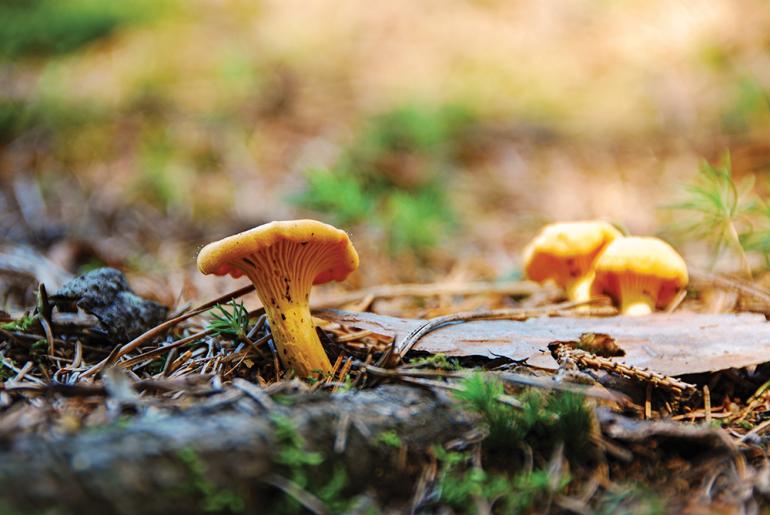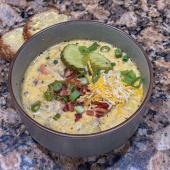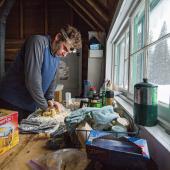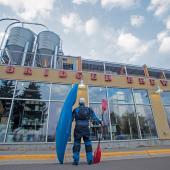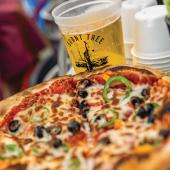Eat Your Woods
Foraging while you play.
Like locally sourced food? Summer’s a great time to keep an eye out for organic grub in the area to supplement camping dinners, post-hike barbecues, and fishing trips. Foraging—from the Old French fourrage, or “fodder”—helps us build knowledge of our local ecosystems and makes for a fun game to play with friends or kids while recreating in the wild. If you’re backpacking, foraging is an excellent way to incorporate fresh food into freeze-dried meals. As always, use common sense—don’t take more than you can eat, and don’t eat a plant if you’re not 100% sure what it is.
Berries
Tart, purple-black chokecherries flower in the spring and bear fruit throughout the summer in Paradise Valley. They’re awesome for pies or jams, and they contain lycopene, a potent antioxidant. Avoid bitter-tasting berries, pits, and wilted leaves—these contain low doses of cyanide. Keep an eye out for grouseberries (small and bright red), black currant (look for the pink-petaled flowers), and gooseberries (watch the prickly stems) as well.
Greens
Bring along a mesh bag for dandelion leaves (leaves work well for pesto, and you can make wine with the blossoms), lamb’s quarter (also known as wild spinach—look for waxy crystals on the leaves to make sure it’s not toxic nightshade), and stinging nettles (bring gloves to harvest these). Look for nettles near the heads of creeks and in drainages—they’re packed with minerals and vitamins.
Mushrooms
Richard Dean Robbins, a local amateur mycologist, recommends that beginning foragers start with the oyster mushroom, which is fairly easy to identify. They grow in the spring and start to appear again in the late summer and early fall. “Oysters are plentiful,” he says, “and are usually the first edible to flush and the last to produce before winter.” Robbins recommends slowly building your knowledge from there. “There are a lot of prime edibles around here,” he says, “but you have to put in the time to patiently learn them.”
Chanterelles are also fairly easy to pick out—they’re orange, with rounded, gill-like ridges, and they smell like apricots. These go great with elk meat, or you can sauté them alongside fresh-caught trout. While you can find them in Montana year-round, the season really begins in mid-July, according to mycologist Cathy Cripps, and can run through August and September, depending on weather conditions. Chanterelles grow in patches, so if you spot just one on the forest floor, look around. They like moist woodland environments, growing under trees and moss at higher elevations—never on dead trees or stumps. Most of the hikes around Bozeman are good places to look for them.
Learning More
Looking to study up? There are many excellent resources to educate yourself about edible plants. For urban foraging in the area, try fallingfruit.org, which tells you where you can find apple trees, crab apples, plums, and hops. Other sites include montanahomesteader.com, montanamushrooms.com (Robbins’ site), and ethnobotanist Dr. Rosalyn LaPier’s website, rosalynlapier.com.



